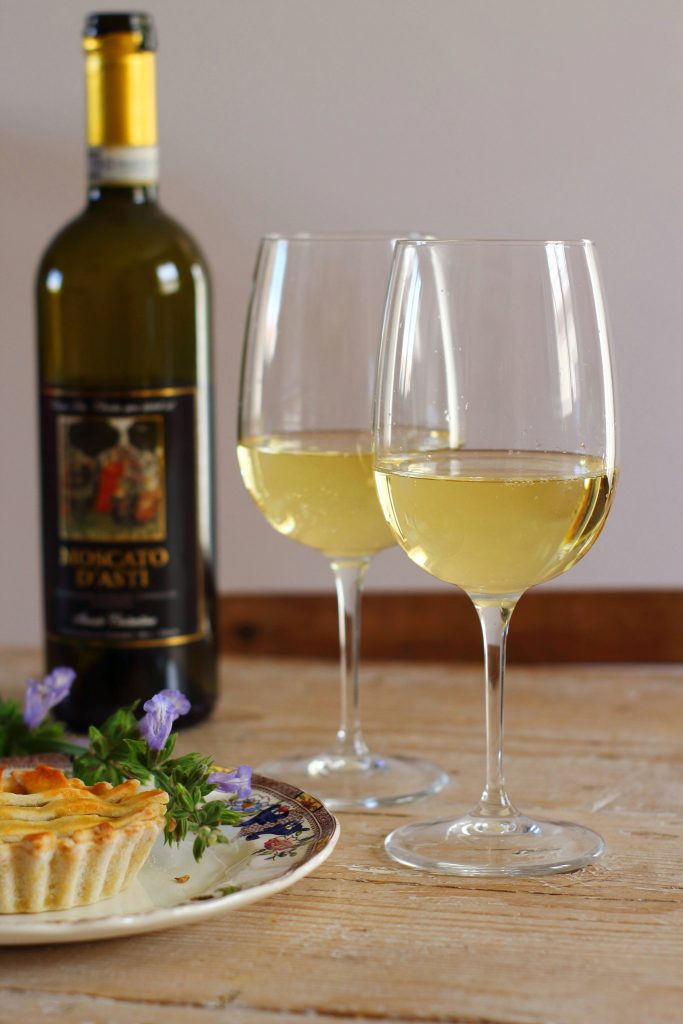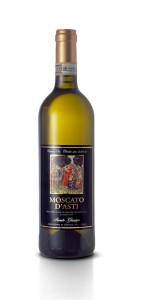E’ un vino prezioso, i documenti più antichi che citano la coltivazione del Moscato in Piemonte sono dei primi anni del 1300. Il termine “Moscato” compare proprio nel Medio Evo con il significato di “profumato”. Questo nome, che ricorre anche nell’accezione “Moscado”, viene dal Tardo Latino “muscus” o “muscatus”. All’origine la parola si riferiva ad un’essenza utilizzata nella più pregiata profumeria . Il moscato piemontese, già prodotto nel 1300 e 1400, vide il suo exploit soprattutto a partire dalla seconda metà del 1500 per arrivare fino ad oggi come uno dei massimi rappresentanti dell’enologia piemontese nel mondo.
Caratteristiche organolettiche: si presenta con un colore giallo paglierino di bella intensità cromatica, profumo fragrante e aromatico con piacevoli sfumature fiorite e note di frutta. Il sapore dolce è in armonico equilibrio con il basso contenuto alcolico (5% vol.) e con la lieve acidità, che conferisce al prodotto una piacevole freschezza.
Temperatura di servizio: 6° – 8°C
Abbinamenti consigliati: Tipico vino da fine pasto, accompagna dolci al cucchiaio e lievitati. Ottimo con pasticceria fresca e secca. Un nostro consiglio è quello di provarlo con il salame piemontese fresco, abbinamento azzardato che grazie alla sapidità del salume ed alla dolcezza del vino creerà un piacevole contrasto.
———————-
It is a precious wine, the oldest documents mentioning the cultivation of Moscato in Piedmont date back to the early 1300s. The term “Moscato” appears in the Middle Ages with the meaning of “fragrant”. This name, which also occurs in the sense of ‘Moscado’, comes from the Late Latin ‘muscus’ or ‘muscatus’. Originally, the word referred to an essence used in the finest perfumery. The Piedmontese Muscat, already produced in 1300 and 1400, saw its exploit especially from the second half of 1500 to arrive until today as one of the greatest representatives of Piedmontese oenology in the world.
Sensory characteristics: it has a straw-yellow colour with beautiful chromatic intensity, a fragrant and aromatic bouquet with pleasant floral nuances and notes of fruit. The sweet flavour is in harmonious balance with the low alcohol content (5% vol.) and the slight acidity, which gives the product a pleasant freshness.
Serving temperature: 6° – 8°C
Recommended pairings: A typical end-of-meal wine, it accompanies spooned and leavened desserts. Excellent with fresh and dry pastries. Our advice is to try it with fresh Piedmontese salami, a risky combination that, thanks to the savouriness of the salami and the sweetness of the wine, will create a pleasant contrast.

